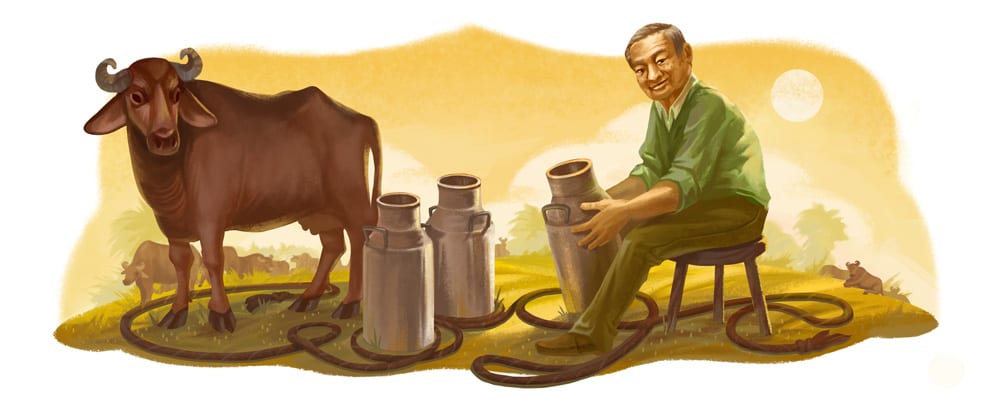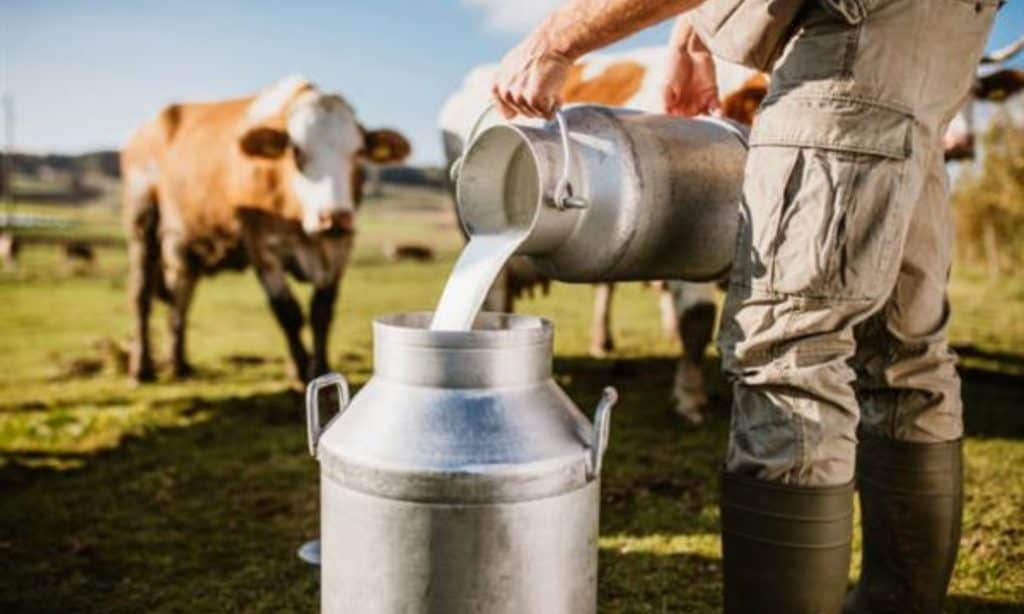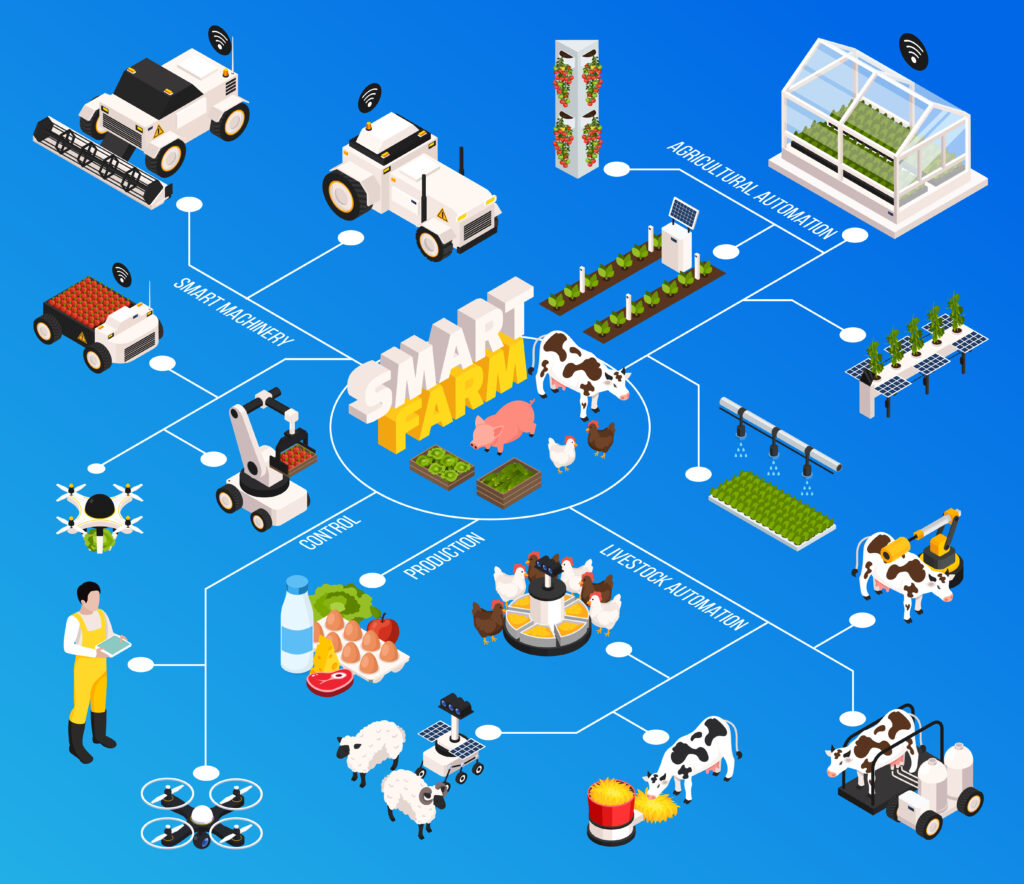The Dairy Farming Challenges In Odisha industry plays a pivotal role in the growth and development of India’s agricultural sector. It not only provides a steady source of income for farmers but also ensures a steady supply of milk, a vital nutritional component for the population. In recent years, Odisha, a state in eastern India, has seen a significant surge in the white revolution, thanks to various government initiatives aimed at promoting dairy farming. However, despite the considerable progress made, several challenges need to be addressed for sustainable growth in the sector.
One of the biggest challenges faced by dairy farmers in Odisha is the lack of proper infrastructure. Many dairy farmers struggle to access basic amenities such as electricity, clean water, and veterinary services. These facilities are essential for ensuring the health and well-being of the livestock and the smooth functioning of dairy operations. The government must invest in establishing a robust infrastructure network that caters to the specific needs of dairy farmers and provides them with the necessary resources to thrive.

Another challenge that dairy farmers in Odisha face is the limited availability of quality cattle feed. Due to the lack of proper storage facilities and inconsistent supply chains, farmers often have to rely on subpar feed options, which can have a detrimental impact on the health and milk production of the cattle. The government should invest in establishing feed processing units and promote the use of locally available nutritious feed options to overcome this challenge.
Disease prevention and control is another significant challenge faced by dairy farmers in Odisha. Livestock is particularly susceptible to diseases, and the absence of proper healthcare facilities and trained veterinary professionals exacerbates the problem. The government should focus on strengthening the veterinary healthcare system by setting up veterinary hospitals, training programs, and disease surveillance mechanisms. This will not only improve the overall health of the livestock but also help in early detection and control of diseases.
You can read our another post on Budei Osha

Market access and price fluctuations pose additional hurdles for dairy farmers in the state. Many farmers lack the knowledge and resources to access larger markets, leaving them at the mercy of middlemen who often exploit their lack of bargaining power. Additionally, price fluctuations in the dairy industry can disrupt a farmer’s income and make it difficult for them to plan and invest in their operations. The government must work towards establishing direct linkages between farmers and consumers or instituting fair trade practices that ensure farmers receive a fair price for their products.
Despite these challenges, the white revolution in Odisha has shown tremendous promise and potential. The state government’s initiatives, such as the establishment of milk cooperatives and financial assistance schemes for dairy farmers, have played a crucial role in boosting the sector. The promotion of innovative practices such as the adoption of artificial insemination techniques and the introduction of high-yielding cattle breeds has further enhanced productivity. However, sustained efforts are required to overcome the existing challenges and enable dairy farmers in Odisha to fully realize the benefits of the white revolution.

Write A FAQ For Dairy Farming Challenges In Odisha
What are the major challenges faced by dairy farmers in Odisha?
One of the major challenges faced by dairy farmers in Odisha is the lack of proper infrastructure and facilities such as quality veterinary services, milk collection centers, and storage facilities.
Limited availability and high cost of quality cattle feed is another challenge that dairy farmers face in Odisha.
The absence of proper breeding and genetic improvement programs for cattle is a significant challenge, resulting in low milk productivity.
Lack of access to credit and financial support hinders the expansion and growth of dairy farms in the state.
Climate change and natural disasters like cyclones and floods pose a threat to the health and survival of dairy animals, affecting the overall profitability of dairy farming.
How does the lack of infrastructure impact dairy farming in Odisha?
The lack of proper infrastructure and facilities directly impacts dairy farming in Odisha. Farmers face difficulties in accessing quality veterinary services for the health and well-being of their cattle. Additionally, inadequate milk collection centers and storage facilities make it challenging for farmers to safely store and transport milk, leading to spoilage and wastage. This lack of infrastructure hampers the overall efficiency and profitability of dairy farming in the state.
What steps are being taken to address the challenges faced by dairy farmers in Odisha?
The government of Odisha has initiated various steps to address the challenges faced by dairy farmers. These include establishing veterinary hospitals and dispensaries in rural areas to provide better healthcare services for cattle. The government has also set up milk processing plants and chilling centers to improve the collection and storage of milk. Efforts are being made to promote research and development for breeding and genetic improvement programs, aimed at enhancing milk productivity. Additionally, the government has introduced schemes to provide financial assistance and credit support to dairy farmers for the expansion and modernization of their dairy farms.
How does climate change affect dairy farming in Odisha?
Climate change poses a significant threat to dairy farming in Odisha. The state is prone to extreme weather events like cyclones and floods, which can result in the loss of dairy animals and damage to infrastructure. These disasters have a direct impact on the productivity and profitability of dairy farms. Moreover, changing climate patterns can affect the availability and quality of cattle feed, causing food scarcity for the animals. Dairy farmers have to adapt their farming practices and invest in resilient infrastructure to tackle the challenges posed by climate change.
Are there any efforts to improve cattle feed availability in Odisha?
Yes, efforts are being made to improve cattle feed availability in Odisha. The government, in collaboration with various organizations, is promoting the cultivation and availability of nutritious fodder crops in the state. Training programs and workshops are conducted to educate farmers on scientific techniques for fodder cultivation and preservation. Additionally, initiatives are being taken to establish feed processing units and facilitate the distribution of quality cattle feed at affordable prices. These efforts aim to enhance the nutritional intake of dairy animals and improve milk productivity in Odisha.
Conclusion
In conclusion, dairy farming in Odisha has witnessed significant growth in recent years, thanks to various government initiatives and technological advancements. However, challenges such as infrastructure limitations, limited availability of quality cattle feed, healthcare concerns, and market access need to be addressed for sustainable growth. By investing in essential infrastructure, promoting research and development, and establishing fair trade practices, the state can ensure a thriving dairy industry that benefits both farmers and consumers. The white revolution in Odisha has the potential to transform the state’s agricultural landscape and contribute to its overall development.
